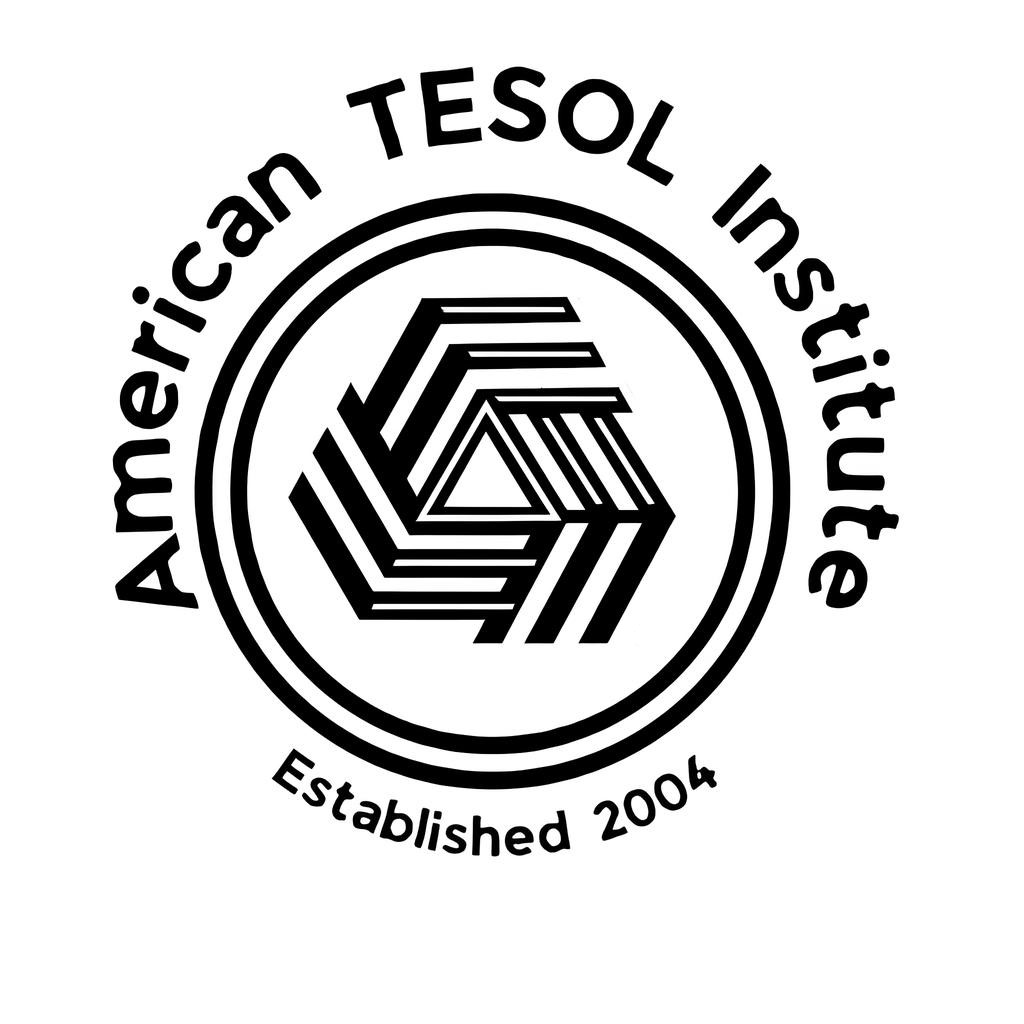While most are familiar with palindromes—words or phrases reading the same backward and forward (e.g., “racecar,” “madam”)—the intriguing world of emordnilaps often remains unexplored. Emordnilaps (sometimes called “semordnilaps” or “reverse pairs”) are words that, when reversed, form entirely different, valid words. The term itself is a playful twist, being “palindrome” spelled backward. Though not formally recognized in all dictionaries, emordnilaps offer a fascinating lens through which to examine language, cognition, and, importantly, ESL instruction.
The Allure of Emordnilaps
Emordnilaps go beyond the simple symmetry of palindromes, revealing hidden dualities and sometimes unexpected relationships between words. They challenge our assumptions about meaning and the arbitrariness of language. Consider these examples:
- stressed = desserts: This pair playfully suggests a possible remedy for stress.
- diaper = repaid: A succinct reminder of the investment inherent in parenting.
- drawer = reward: Perhaps a subtle commentary on the satisfaction of organization.
- pots = stop: A simple reversal with implications for action and inaction.
Beyond their inherent intrigue, emordnilaps are valuable tools for ESL teachers, providing engaging avenues for exploring phonetics, spelling, vocabulary, and the interconnectedness of language.
Integrating Emordnilaps into the ESL Classroom
TESOL educators can creatively incorporate emordnilaps into lessons to enhance vocabulary acquisition, phonemic awareness, and critical thinking skills. Here are some practical strategies:
- Emordnilap Matching Activities: Design worksheets where students match words with their reversed counterparts. For example:
- Reward (Answer: Drawer)
- Time (Answer: Emit)
- Name (Answer: Mean)
- Part (Answer: Trap)
- Raw (Answer: War)
- Creative Writing with Emordnilaps: Encourage students to craft short stories, poems, or dialogues that cleverly integrate emordnilaps. For example: “The stressed teacher sought solace in a plate of desserts.” Or, “He lived a life so full, it was the opposite of a devil.”
- Phonetic Analysis: Deconstruct the pronunciation of emordnilaps, highlighting how sound patterns shift with the reversal of letters. This is particularly beneficial for learners grappling with English phonology. Focus on minimal pairs and the subtle changes in vowel and consonant sounds.
- Mystery Emordnilaps: Present students with only one half of an emordnilap pair and challenge them to discover its reverse. This encourages problem-solving and reinforces vocabulary.
- Emordnilap Riddles: Frame emordnilaps as riddles to add an element of fun and engagement. For example: “What do you get when you reverse ‘stressed’?” (Answer: Desserts). Or, “What word meaning ‘evil entity’ is also the past tense of ‘live’?” (Answer: Devil).
- Contextualized Emordnilaps: Present emordnilaps within sentences or short paragraphs to illustrate their meanings in context. This helps learners understand the nuances of each word and how they function in communication.
- Comparative Analysis: Compare and contrast the meanings of emordnilap pairs. Discuss how the subtle shift in spelling can drastically alter a word’s meaning. This promotes deeper understanding of semantic relationships.
Examples of Thought-Provoking Emordnilaps
Some emordnilaps offer profound reflections on language and meaning:
- Gateman = Nametag: This pairing suggests a shift in perspective, from observer to observed.
- Deliver = Reviled: A stark contrast, highlighting the potential for praise to turn into condemnation.
- Gum = Mug: A simple reversal with tangible implications, from something sticky to a drinking vessel.
- Straw = Warts: A whimsical connection, perhaps alluding to folklore and magical potions.
- Evil = Live: A philosophical and theological juxtaposition, exploring the duality of existence.
The Pedagogical Advantages of Emordnilaps for ESL Learners
Emordnilaps offer several advantages for ESL instruction:
- Visual and Kinesthetic Learning: The visual reversal of letters and the act of manipulating words can appeal to different learning styles.
- Enhanced Phonemic Awareness: Working with emordnilaps helps learners recognize and manipulate individual sounds within words.
- Cognitive Engagement and Curiosity: The unexpected meanings of emordnilaps pique learners’ curiosity and encourage deeper thinking about language.
- Vocabulary Expansion and Retention: Learning emordnilaps provides exposure to new words and reinforces existing vocabulary.
- Cultural Exploration: Many emordnilaps have cultural or symbolic significance, offering opportunities for discussion and cross-cultural understanding.
Here are some more emordnilap examples with explanations of their playful or thought-provoking connections:
Relating to Emotions/States of Mind:
- rats = star: A whimsical contrast between something often disliked and a symbol of hope or achievement. Perhaps suggesting the potential for transformation or seeing the “star” within the “rats.”
- flow = wolf: A shift from a smooth, continuous movement to a creature often associated with wildness or danger. Could represent the unpredictable nature of life.
- mood = doom: A stark reminder of how easily moods can shift to negative outcomes or feelings of despair.
Relating to Actions/Behaviors:
- gulp = plug: From the act of swallowing to the act of stopping or obstructing.
- draw = ward: From the act of creating to the act of protecting or guarding.
- keep = peek: From maintaining possession to taking a quick look.
- time = emit: From a continuous concept to the act of sending out or releasing.
Relating to Objects/Things:
- stop = pots: From ceasing action to a common household item. Perhaps suggesting that even in stillness, there are things (pots) present.
- part = trap: From a piece of something to something that confines.
More Abstract/Philosophical:
- deep = peed: A humorous juxtaposition of profoundness and a very basic bodily function.
- net = ten: Perhaps a connection between catching something (in a net) and the number ten, often associated with completion or a group.
- won = now: From achieving victory to the present moment.
Remember, the interpretations of emordnilaps can be subjective and depend on the context in which they are used. The fun lies in exploring these possibilities and discovering the hidden connections within language.
Conclusion: Emordnilaps as a Powerful Teaching Tool
Emordnilaps provide TESOL educators with a unique and engaging tool to make English language learning more effective and enjoyable. By incorporating these linguistic puzzles into classroom activities, teachers can foster vocabulary development, enhance phonemic awareness, and stimulate critical thinking. Emordnilaps offer a playful yet profound way to explore the intricacies of language, leaving learners with a deeper appreciation for the power of words. So, the next time your ESL class feels “stressed,” consider offering them some “desserts”—linguistically and perhaps literally!



